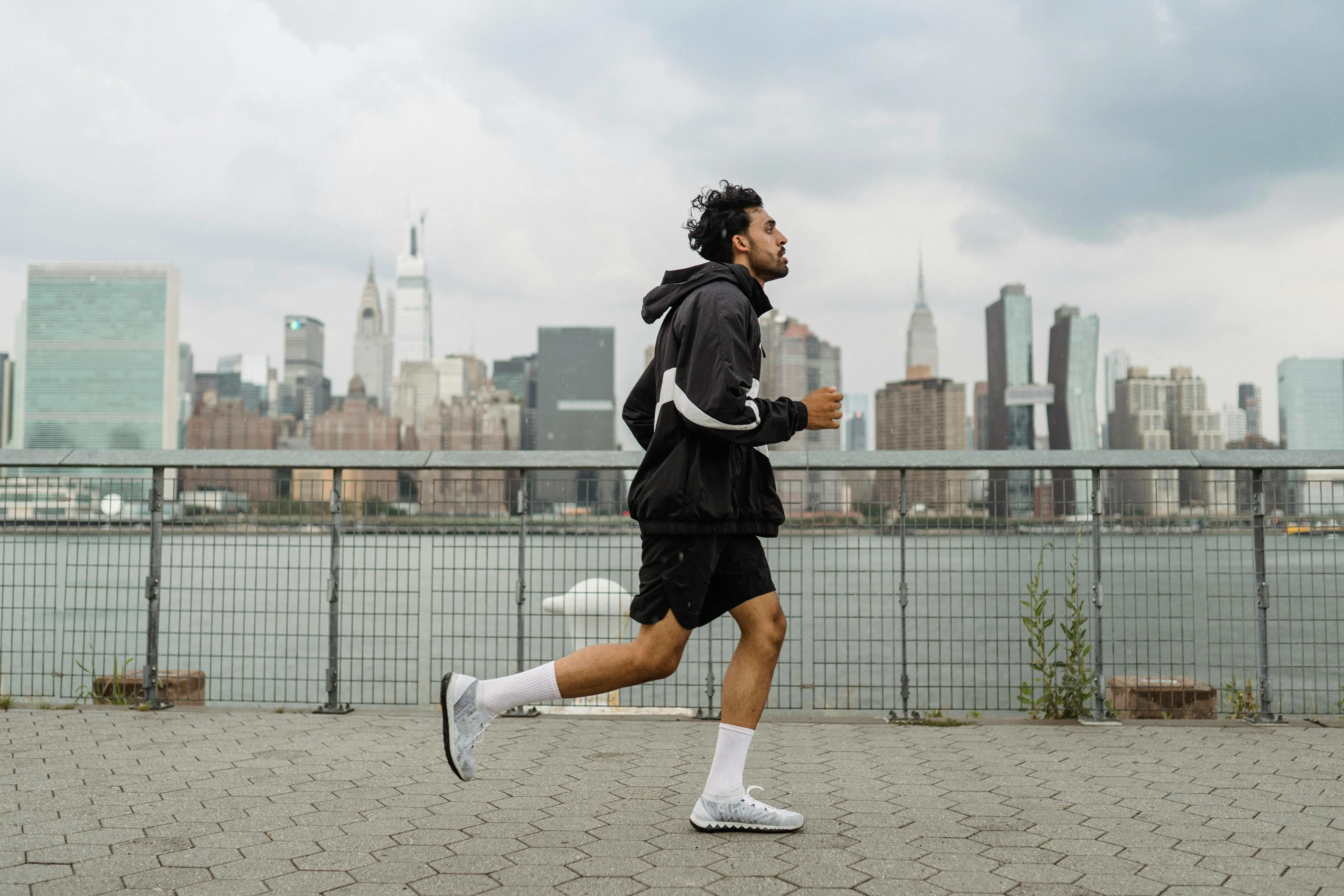How to Run Longer Without Getting so Tired - 3 Simple Tips for Beginner Runners
In this article:
-
A tip to help your breathing
-
How to maintain your cadence
-
How to keep your legs fresh

If you are a beginner runner and have just started conquering those 15-20 mile long runs, but sometimes you feel like you are struggling to maintain pace, then you should try these 3 methods that can help you run longer without getting too tired.
A tip to help your breathing
The first tip focuses on breathing. Establishing a rhythm with your breathing is a vital step to maintain honesty with your pacing and establish good communication with your posture. So, for your long run, for every mile, spend the first-minute breathing in only through your nose. You're welcome to breathe out through your mouth, but adjust your pace as needed to allow yourself to breathe exclusively through your nose and out through your mouth. The reason for this practice is that breathing through your nose helps reestablish communication with your diaphragm, building more stability in your run and avoiding side shifting. It's an effective way to start using your diaphragm again, especially if you've become tired and lost that capacity.
For every mile, spend the first minute breathing through your nose.
How to maintain your cadence
The second tip focuses on your cadence. Cadence is how many steps you take in a minute and is one of the things that will quickly degrade as fatigue sets in. We all have a natural cadence; mine is around 178-180 steps per minute. I know this because I have used and trained with a metronome many times. During your long run, figure out your natural cadence and check in with it when you have 10 percent of your mileage left. For example, if you're running 20 miles, turn on your metronome for the last two miles and see if you can still match your natural cadence from the start.
Use a metronome to check your cadence when you have 10% of your run left.
How to keep your legs fresh
The final tip is one of the more important ones because it's one of the ways that we are going to keep our legs feeling fresh in those later stages of our long run. We have all experienced tightness in the later stages of our long run, so this is how we deal with it. Halfway through our long run, we are going to start either doing air squats or leg swings. For example, during a 20-mile run at mile 10, slow down and come to a stop. This is an opportunity to catch your breath, but also where you'll start doing air squats—10 to 15 is enough. Go as deep as you want; it should just loosen up your hips, quads, and legs.
So if you want to run longer without getting tired the most effective way is that for every mile, stop and either do 10 air squats or 10 leg swings. For the first stop, do air squats; for the second, do leg swings. Continue alternating for the remainder of your run. This is the way we keep our legs feeling fresh for those later stages of our long run.
Halfway through your long run, start doing air squats or leg swings.
Wrapping Up
So, here are your three tips. We recommend trying one of them at a time; doing all of them at once would be a bit of a mess. If you struggle with breathing in the later stages of your mile, give nose breathing a go. If your feet get slow and tired in the later stages, check in with your cadence. The final tip is for those experiencing tightness in the hips, quads, or hamstrings—you'll be doing stop breaks with the squats and leg swings.
Go crush that long run; try out one of these things and have fun! - thewanderruner
